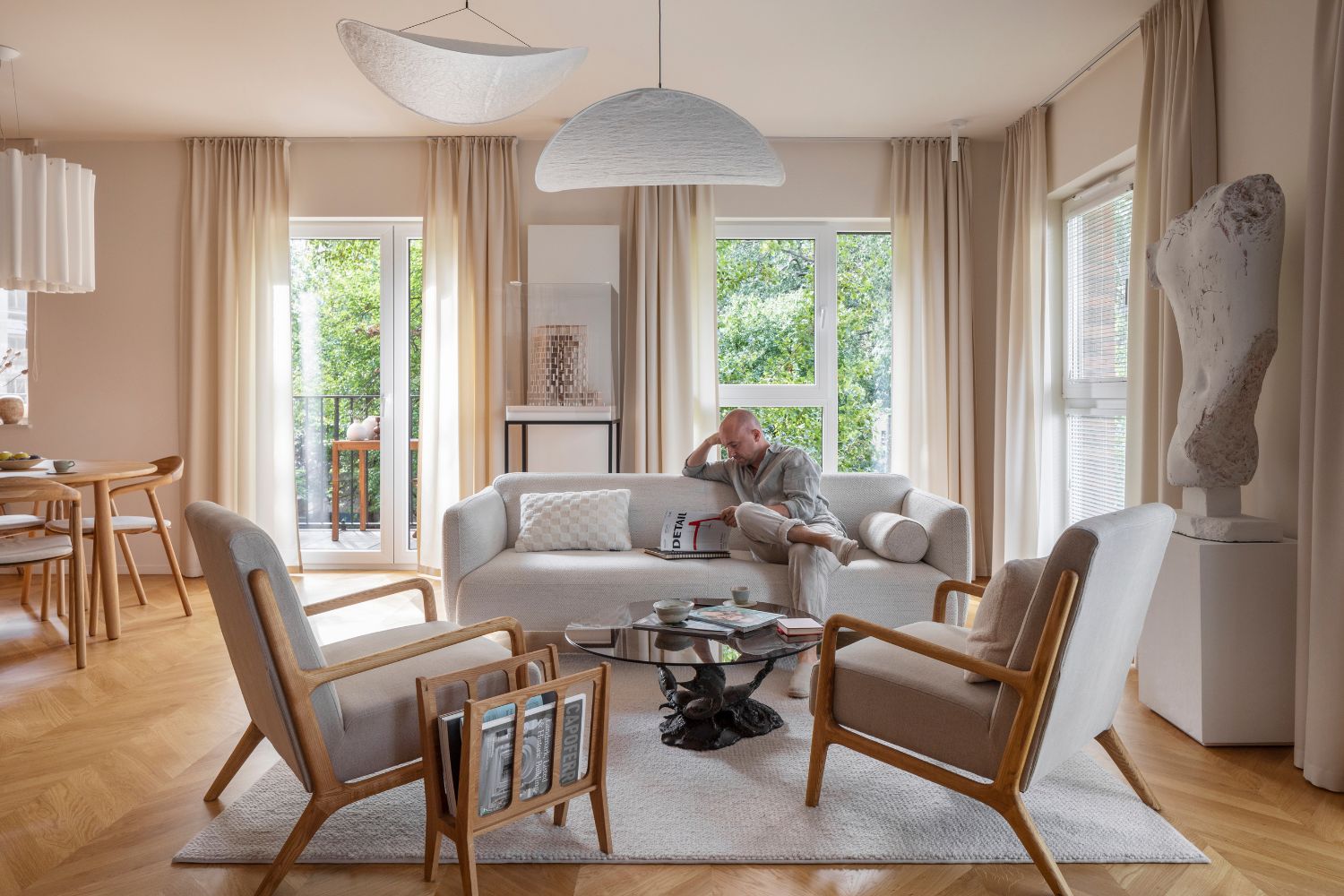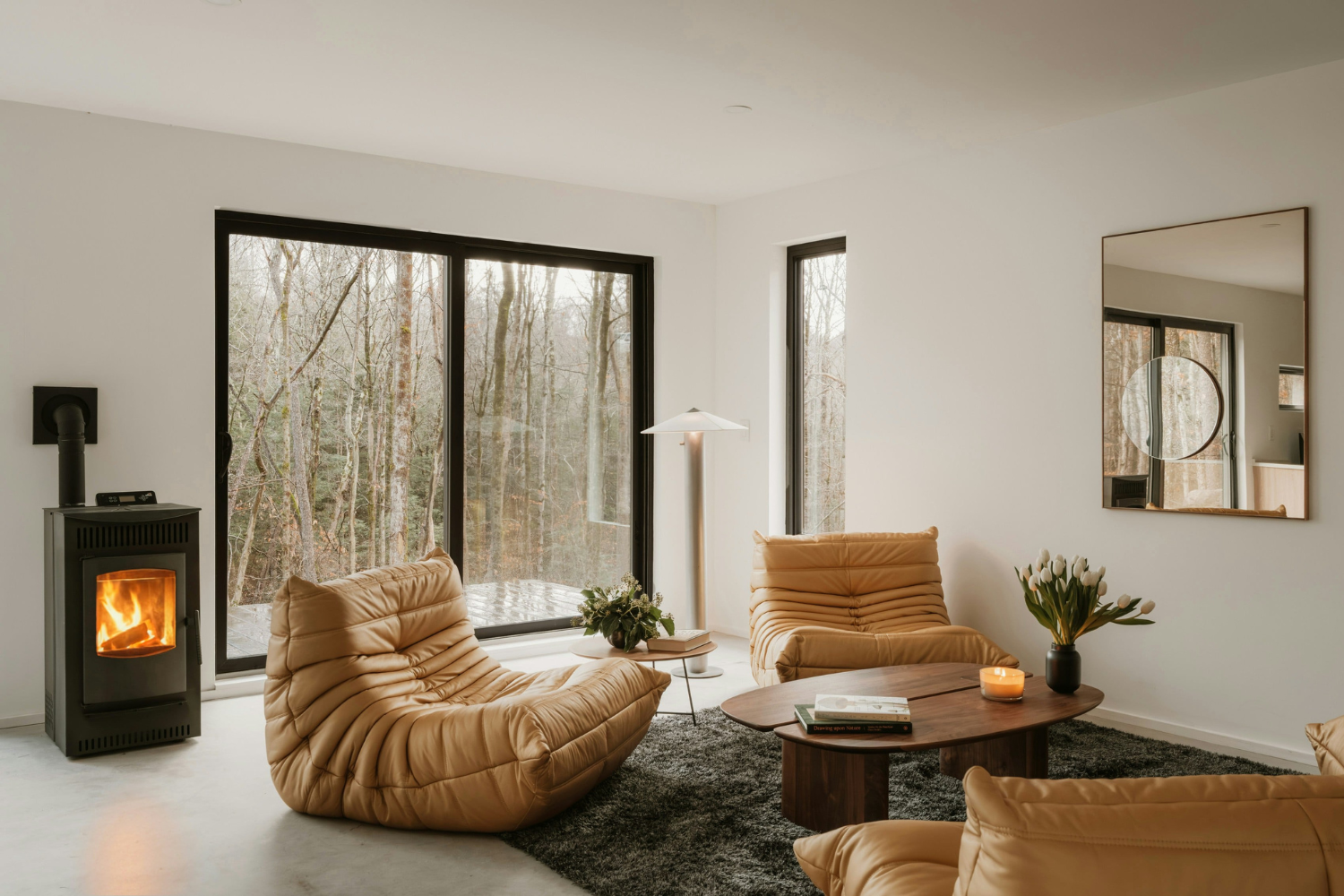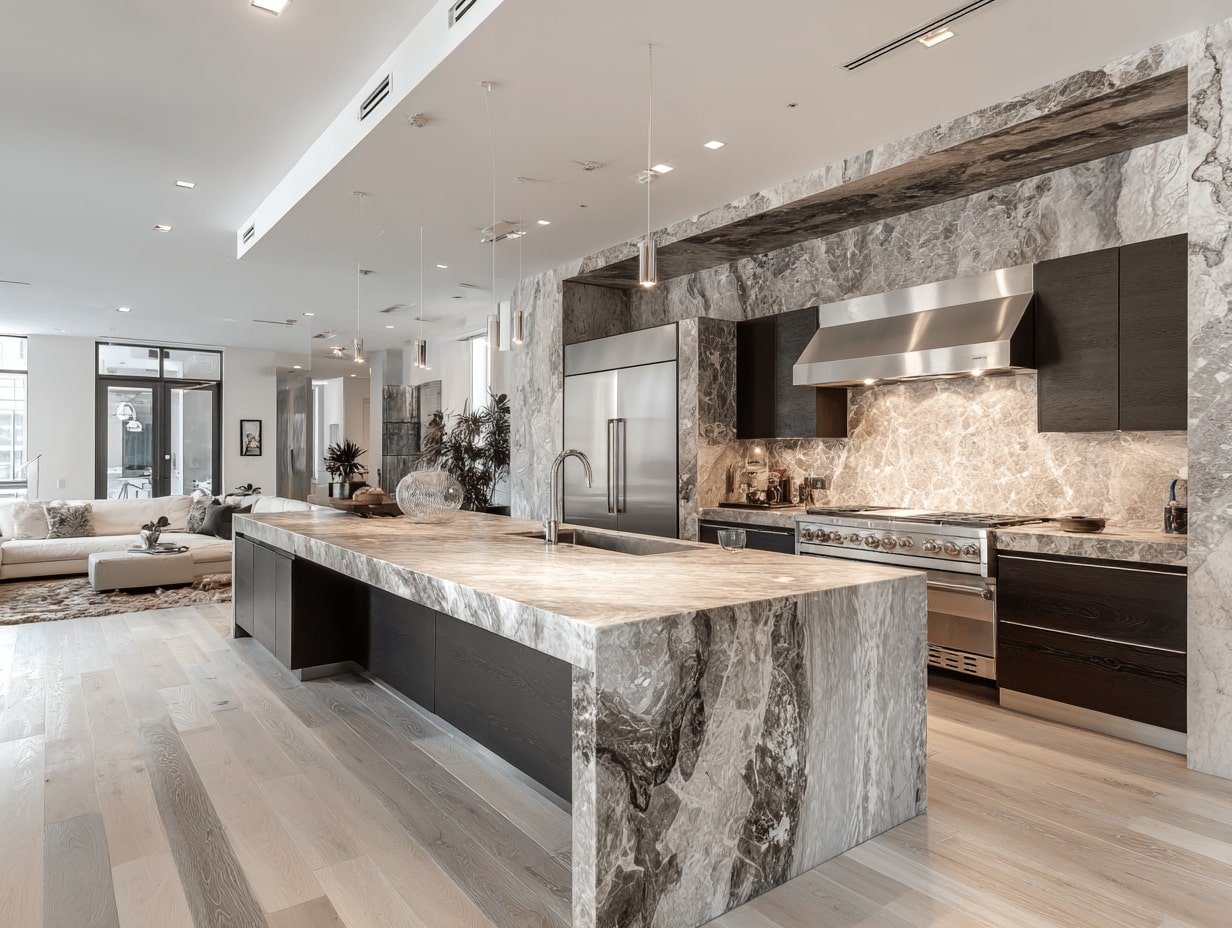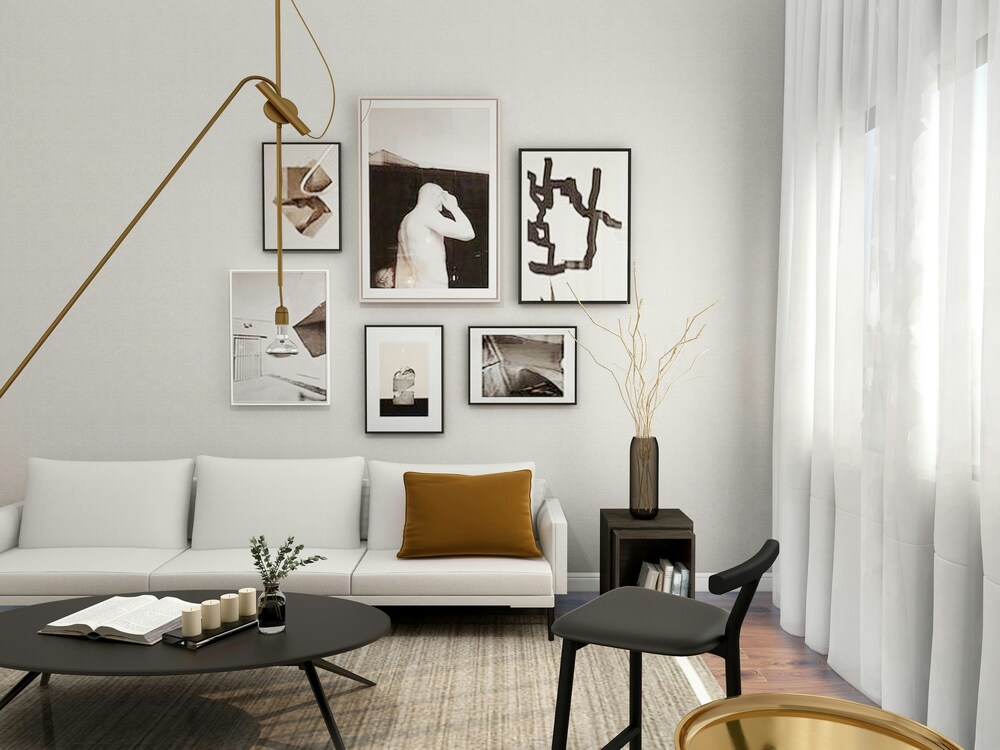- Home
- Articles
- Architectural Portfolio
- Architectral Presentation
- Inspirational Stories
- Architecture News
- Visualization
- BIM Industry
- Facade Design
- Parametric Design
- Career
- Landscape Architecture
- Construction
- Artificial Intelligence
- Sketching
- Design Softwares
- Diagrams
- Writing
- Architectural Tips
- Sustainability
- Courses
- Concept
- Technology
- History & Heritage
- Future of Architecture
- Guides & How-To
- Art & Culture
- Projects
- Interior Design
- Competitions
- Jobs
- Store
- Tools
- More
- Home
- Articles
- Architectural Portfolio
- Architectral Presentation
- Inspirational Stories
- Architecture News
- Visualization
- BIM Industry
- Facade Design
- Parametric Design
- Career
- Landscape Architecture
- Construction
- Artificial Intelligence
- Sketching
- Design Softwares
- Diagrams
- Writing
- Architectural Tips
- Sustainability
- Courses
- Concept
- Technology
- History & Heritage
- Future of Architecture
- Guides & How-To
- Art & Culture
- Projects
- Interior Design
- Competitions
- Jobs
- Store
- Tools
- More
How I Turned a Spare Room Into an Art Gallery

For years, our guest room sat in limbo—a space that only came alive when someone visited, which was rare. It was a graveyard of mismatched furniture, beige walls, and a forgotten treadmill. One afternoon, I stood in the doorway and realized I could either keep pretending it served a purpose or actually give it one. The idea struck: why not make it an art gallery? Not the stuffy kind, but something immersive and reflective of my own interests.
This wasn’t about prestige or impressing anyone. It was about reclaiming a dead zone in the house and turning it into something vibrant, maybe even inspiring. I had no background in design or curation, but I had curiosity and a desire to play. And that was enough to get started.
Table of Contents
ToggleBuilding the Vibe: From Blank to Bold
The first thing I tackled was the energy of the room. To gather ideas on setting up the space, I consulted a DIY guide to designing a home art studio that provided practical tips on organization and layout. I painted the walls a matte off-white, the kind that makes colors pop without feeling clinical. Then came the lighting. Instead of overhead glare, I went with adjustable wall sconces and a couple of floor lamps with soft gold interiors. The glow made everything feel warmer—less showroom, more sanctuary.
I started browsing prints online, especially from small creators on Etsy and Instagram. I wasn’t looking for big names. I wanted pieces that told stories, even if I didn’t know them yet. Some were abstract and moody, others quirky and vibrant. The unifying factor? They made me feel something. And that became my only rule.
One wall became a rotating feature. Every two months, I swap in new prints or rearrange the frames. It keeps the space from feeling static, like the room’s always breathing a little differently.
The room also got a textured rug, a touch I didn’t think would matter but ended up grounding the space. It invited you to kick off your shoes and linger. I added a slim bench beneath one gallery wall, which somehow made it feel more like an intentional exhibit than just art on walls.
To add a bit of dimension, I included a tall plant in the corner and some ceramic pieces on a narrow wall shelf. They added sculptural elements that played well with the prints, adding to the sense of depth and variation.
Adding the Story Behind the Art
I didn’t want the room to just look good—I wanted it to say something. That’s when I got the idea to add audio backstories to each piece. But I needed a way for visitors to access them without any hassle. That’s where Uniqode’s QR code online tool came in.
With a few clicks, I generated custom QR codes for each artwork, linking to short audio recordings. I used a voice memo app to narrate why I picked a certain piece, what I felt when I saw it, or a bit about the artist. Then I uploaded those clips and connected them through QR codes, printing them on subtle placards below each frame.
It turned out to be the key detail everyone remembered. Suddenly, guests weren’t just looking—they were listening, connecting. It brought the room to life in a way visuals alone couldn’t.
It also gave me a new way to reflect. I learned that tips for making anywhere your art studio can help in adapting any space to reflect one’s artistic journey. Recording those snippets made me articulate what I saw and felt in the art, something I rarely do. I realized that in explaining the art, I was also telling fragments of my own story.
As the recordings grew, I noticed how much they changed the experience of the room. The space had layers—audio, visual, emotional. It slowed people down. Made them linger. And that was exactly what I’d hoped for.

The Unexpected Joy of Curation
There’s something deeply satisfying about choosing what gets to live on your walls. Every frame I hung felt like a small declaration—of humor, of longing, of beauty. I wasn’t just decorating; I was storytelling.
I started noticing how each piece shifted depending on where it hung. I followed a guide on how to make a gallery wall to ensure the arrangement was both aesthetically pleasing and meaningful. A print that felt mellow on one wall took on an edge when surrounded by bolder colors. I played with spacing, heights, even the order in which people would naturally walk through the room. It was like composing a playlist, except with visuals.
And the best part? None of it cost as much as I thought it would. I discovered that designing a stunning gallery wall on a budget was achievable by sourcing frames from thrift stores and prints from independent sellers. The free tools I used to tie it all together made the project surprisingly accessible.
The process made me feel more present. I wasn’t just filling space—I was making choices with care. That kind of mindfulness bled into other areas of my life. Suddenly I was rearranging bookshelves, cooking with more attention, noticing light at different hours. It was all connected.
Curation gave me agency over my space. I wasn’t reacting to trends or following someone else’s rules—I was making aesthetic decisions that felt good to me. That’s something I now carry into every room I touch.

Designing for Experience, Not Impressing
What made this little gallery feel personal wasn’t just the art—it was the intention behind it. I added a comfy armchair in one corner, where someone could sit and just take it in. A small shelf holds a rotating stack of books and a journal for guests to leave thoughts. Some people write about the art, others just jot down what they’re feeling. It’s become a kind of emotional guestbook.
I even included a mini speaker that plays soft ambient music from a curated playlist. Nothing too intrusive—just enough to set a mood. Scented candles round it out, chosen not for trendiness but for what makes the room feel grounded. Watching a video on turning a basic room into an art studio inspired me to focus on both functionality and aesthetics.
There’s no velvet rope, no curated silence, no “do not touch” signs. People are encouraged to touch the books, rearrange the cushions, or lie on the rug. It’s meant to be lived in, not just looked at.
I’ve learned that people crave spaces where they feel allowed to feel. When you strip away the pressure to perform or be impressed, you create room for presence. That’s what this gallery has become—a space to be, not to impress.
What Surprised Me Most
I didn’t expect people to react the way they did. Friends who barely noticed the guest room before now ask if I’ve added anything new. One neighbor brought their teenager over just to hear the backstories. Another friend was inspired to make her hallway a kind of photo corridor.
It’s become a conversation starter, sure. But more than that, it’s reminded me that creativity doesn’t need credentials. You don’t have to be an artist to make something artistic. You just need to care.
Sometimes, a room doesn’t need to be filled with function—it just needs to be filled with feeling.
And now, instead of apologizing for an unused room, I welcome people into one that tells them a bit about who I am. And every time I swap out a print or record a new snippet, I’m reminded that art isn’t just something you hang—it’s something you live with.
illustrarch is your daily dose of architecture. Leading community designed for all lovers of illustration and #drawing.
Submit your architectural projects
Follow these steps for submission your project. Submission FormLatest Posts
BXB Studio’s Hybrid Interior: Redefining the Modern Architectural Workplace
The Warsaw headquarters of BXB Studio was established in a modest 70...
5 Must-Know Interior Design Trends in American Homes
From warm minimalism to bold oversized artwork, these five interior design trends...
How Open Kitchens Create a Sense of Space Indoors (Without Sacrificing Function)
Open kitchens: see how sightlines, lighting, and smart layouts make rooms feel...
The Revival of Chunky Fiber Crafts in Modern Interior Design
Contemporary interior architecture has shifted away from hard minimalism. After a decade...












Leave a comment